
Shopping in the Souks of Morocco: A Complete Guide
Exploring the bustling souks of Morocco is an adventure for the senses. With their vibrant colors, intoxicating aromas, and energetic atmosphere, Moroccan souks (markets) offer a treasure trove of unique products, from handcrafted goods to spices, carpets, ceramics, and leather. Shopping in the souks is more than just a retail experience—it’s a cultural journey where haggling is an art form, and each purchase tells a story of Moroccan craftsmanship.
This guide will take you through the experience of shopping in Morocco’s souks, from the iconic markets of Marrakech to the artisan souks of Fes and beyond, offering tips on what to buy, how to bargain, and how to immerse yourself in the vibrant souk culture.
The Best Souks to Visit in Morocco
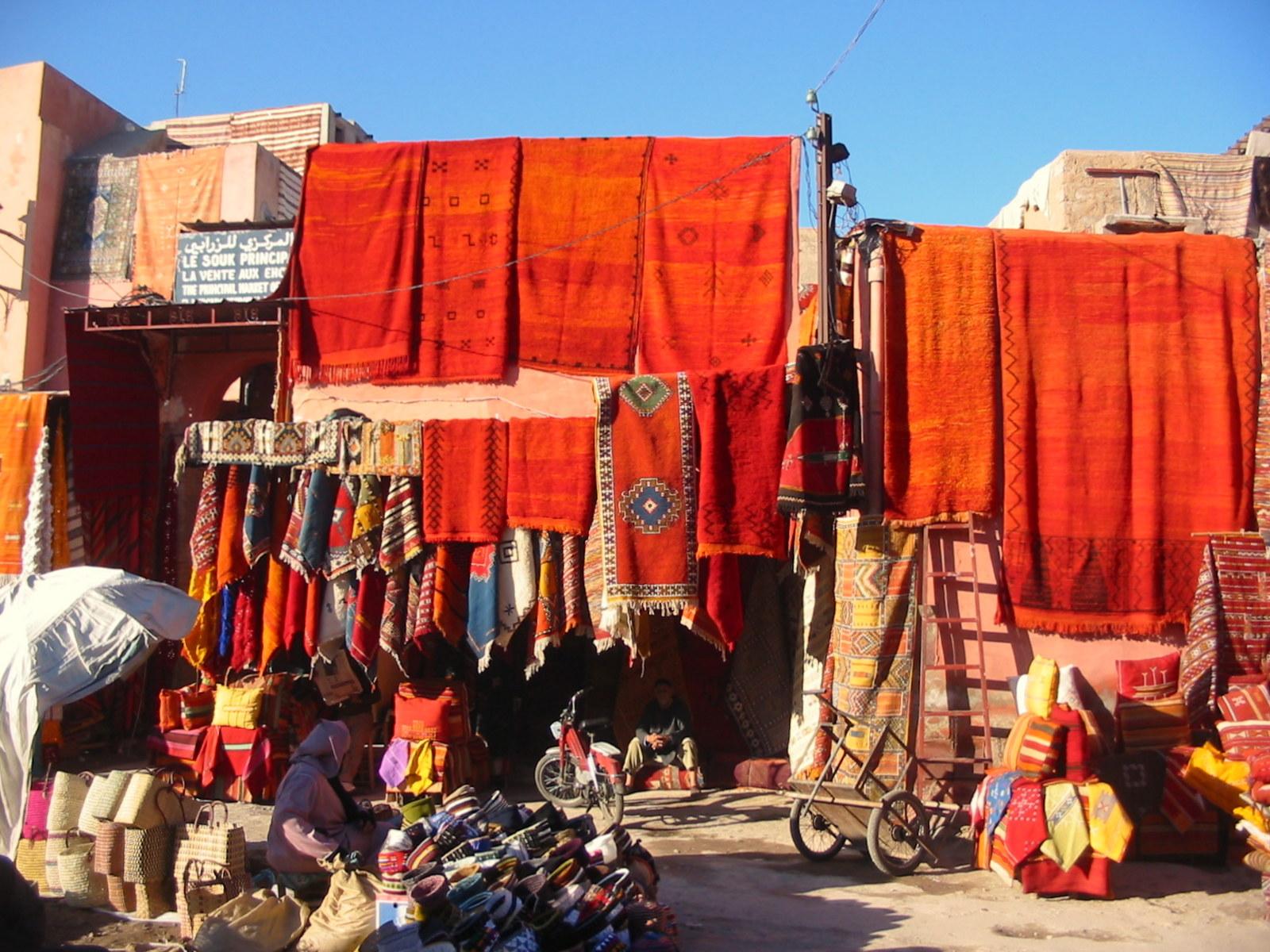
Marrakech: The Souks of the Medina
Marrakech is home to some of the most famous souks in Morocco. The medina (old city) is a labyrinth of narrow alleyways filled with stalls selling everything from spices and lanterns to carpets and pottery. The heart of the souk is just off the legendary Jamaa el-Fna square, where the vibrant energy continues into the market streets.
- Souk Semmarine: The main artery of Marrakech’s souks, selling everything from clothing to ceramics.
- Souk El Kebir: Specializes in traditional Moroccan clothing and textiles.
- Souk des Tapis: Known for its stunning collection of handwoven carpets.
- Souk Haddadine: Focuses on metalwork, where you can find lanterns, tea sets, and intricately designed ironwork.
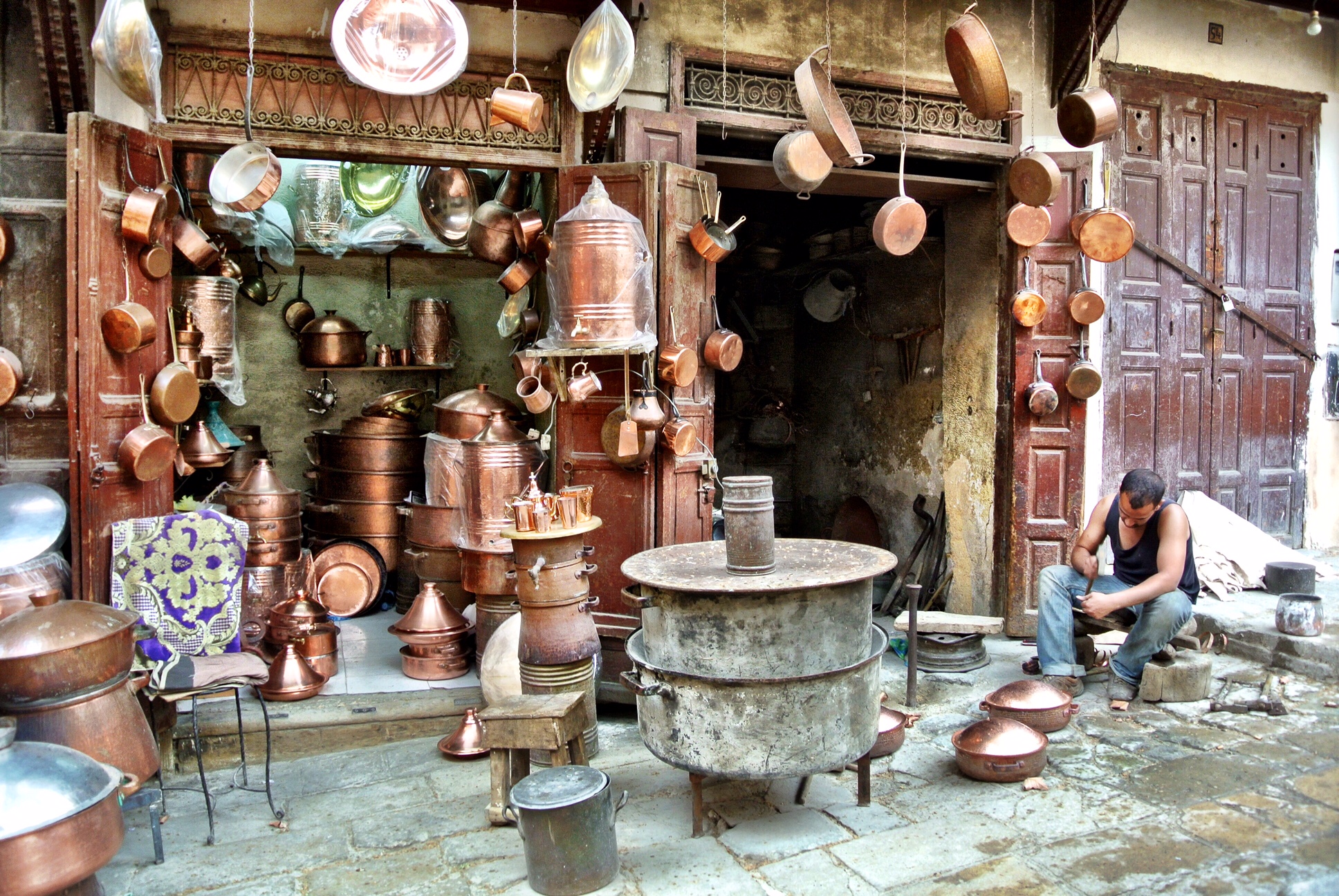
Fes: The Artisanal Souks of Fes el Bali
Fes is the cultural and spiritual capital of Morocco and is famous for its artisanal crafts. The souks of Fes are a bit quieter than those in Marrakech but no less impressive. You can find some of the country’s finest craftsmanship here, particularly in leatherwork and ceramics.
- Souk el Henna: This market is famous for natural beauty products, including henna and Argan oil.
- Souk Seffarine: Known for metalwork, where artisans handcraft copper and brass items.
- Chouara Tannery: Fes is home to the oldest tannery in Morocco, where leather goods are dyed using traditional methods. From bags to jackets, you’ll find beautiful handcrafted leather items.

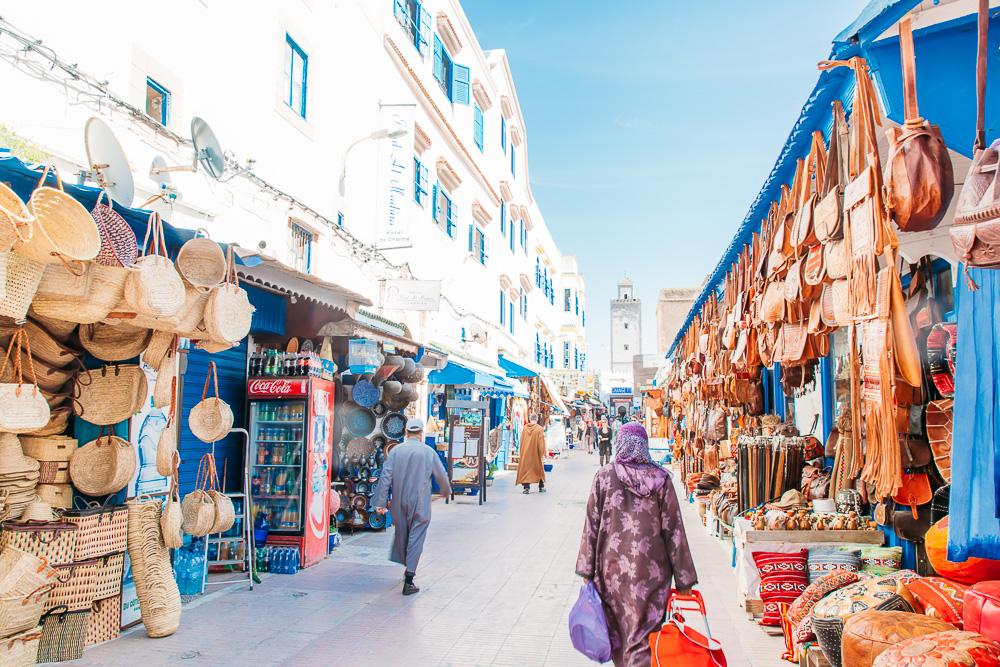
Essaouira: The Coastal Souk
The souks of Essaouira have a relaxed, coastal vibe. Known for its blue and white color scheme, this seaside town offers a more laid-back shopping experience, perfect for picking up unique jewelry, argan oil, and handcrafted wooden items.
- Medina Souk: Focuses on thuya wood crafts, including carved boxes, sculptures, and furniture.
- Artisan Jewelry: Essaouira is also known for its silver jewelry and Berber-inspired designs.
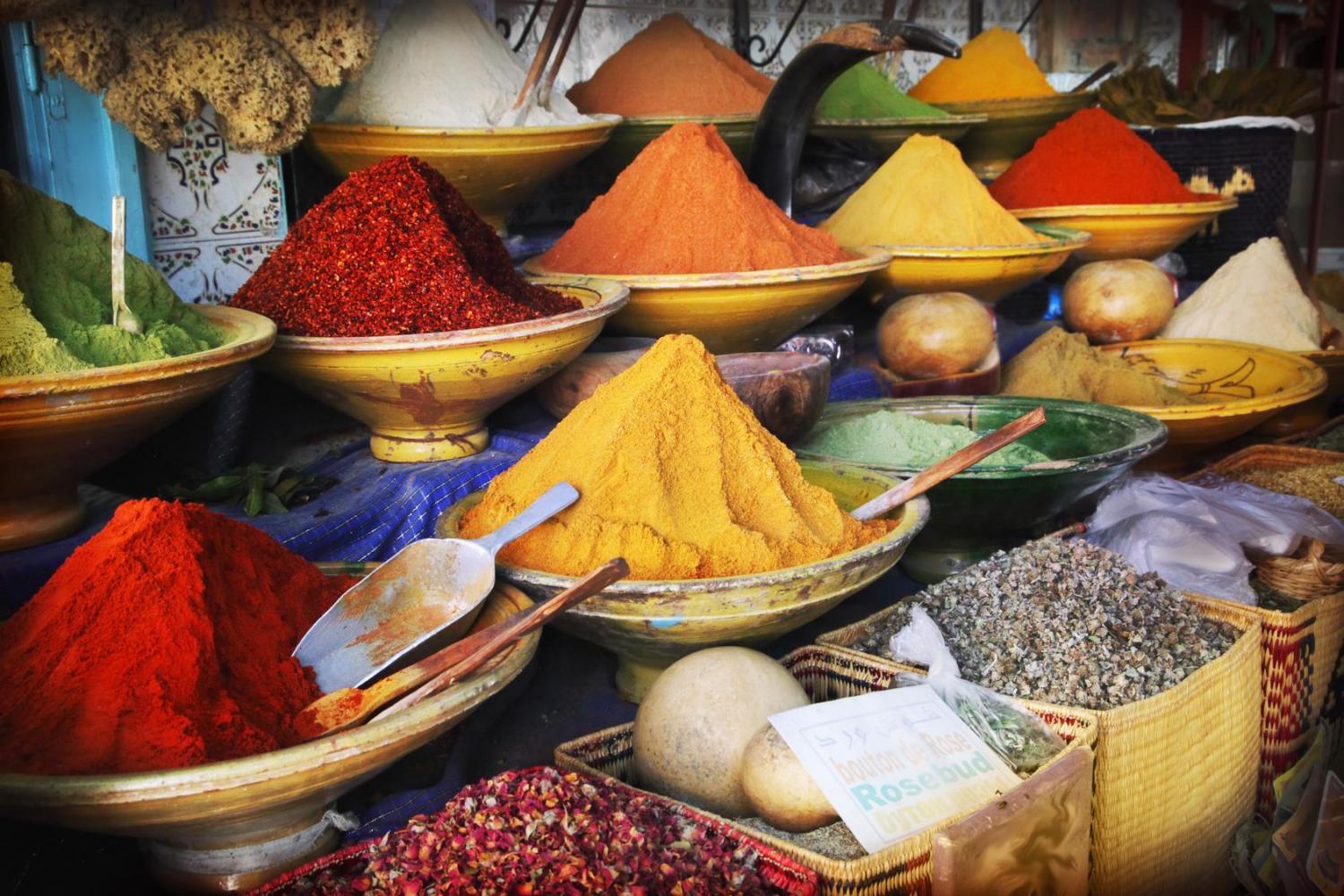
Tangier: The Northern Souks
Tangier’s souks are a mix of traditional Moroccan and European influences. You’ll find a mix of high-quality artisan products alongside more commercial goods, making it a diverse place to shop.
- Grand Socco: The main square and marketplace, offering everything from spices to textiles.
- Petit Socco: A smaller, more intimate souk, filled with cafes, shops, and antique stores.

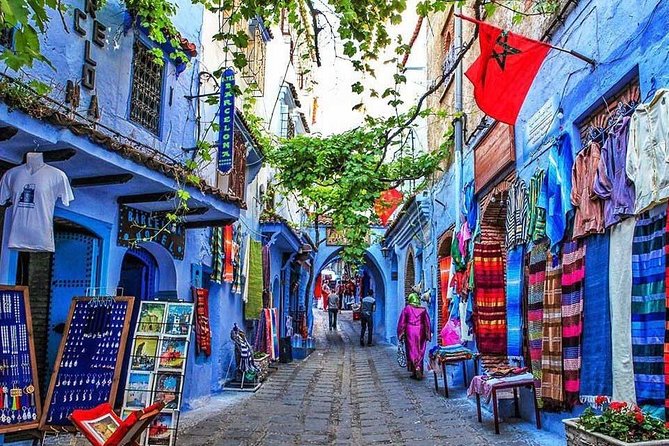
Chefchaouen: The Blue City Souks
Chefchaouen, famous for its blue-painted streets, offers a peaceful shopping experience in the Rif Mountains. It’s a great place to find local Berber crafts and textiles, as well as wool products and blankets.
- Local Artisan Souk: Known for its woolen goods, leather, and woven baskets.
What to Buy in the Souks of Morocco

Handwoven Carpets and Rugs
Moroccan carpets are one of the country’s most sought-after items. They are crafted by local Berber women and come in a variety of styles, including the bold geometric designs of Beni Ourain rugs or the vibrant colors of Berber kilims. Carpets range from small decorative pieces to large, room-sized creations.
- Tip: Always check the quality of the weave and materials. Pure wool and natural dyes are indicators of high-quality rugs.

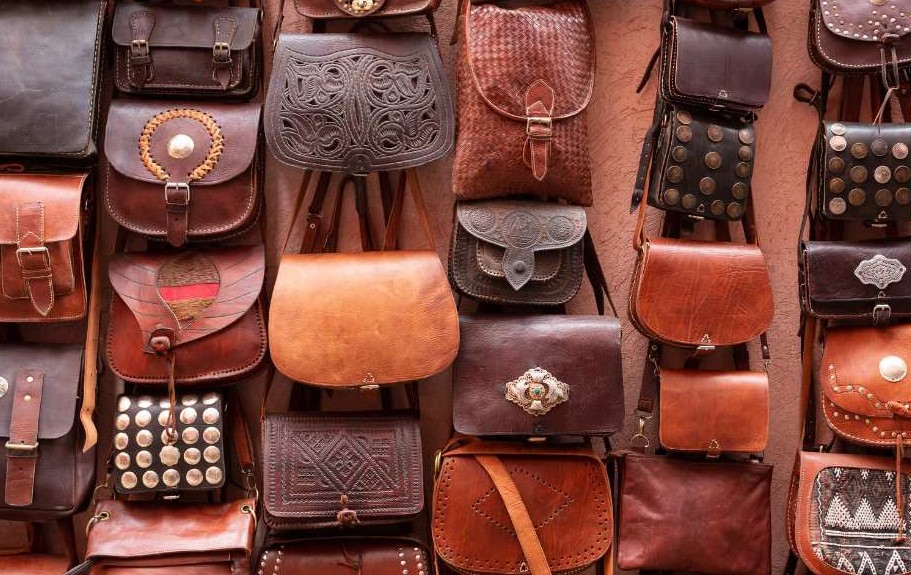
Leather Goods
Morocco is famous for its high-quality leather, especially from the tanneries of Fes. Leather bags, jackets, shoes, and poufs are popular buys. You’ll also find a variety of colors, from natural tones to vibrant dyed pieces.
- Tip: Be sure to visit a tannery to see how the leather is processed. Don’t hesitate to haggle for a better price.
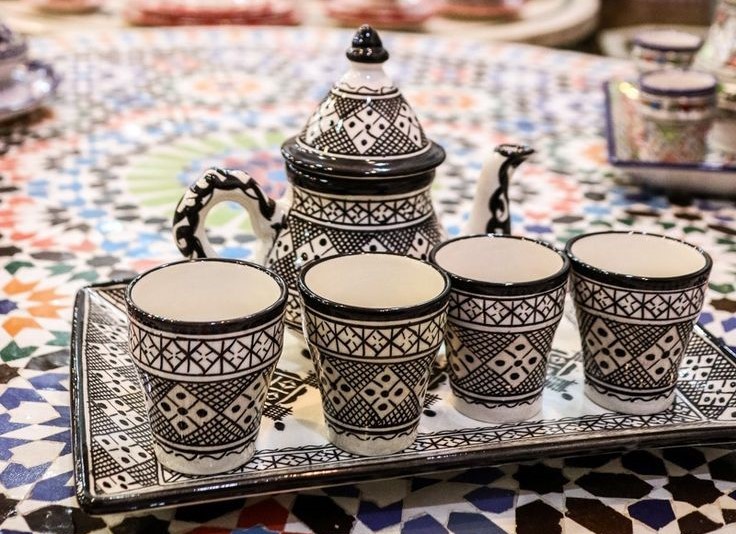
Ceramics and Pottery
Moroccan ceramics are known for their intricate patterns and vibrant colors. Safi and Fes are famous for their pottery production, where you’ll find everything from tajine pots and plates to decorative tiles.
- Tip: Look for hand-painted designs and distinctive green or blue colorations that are traditional to certain regions.

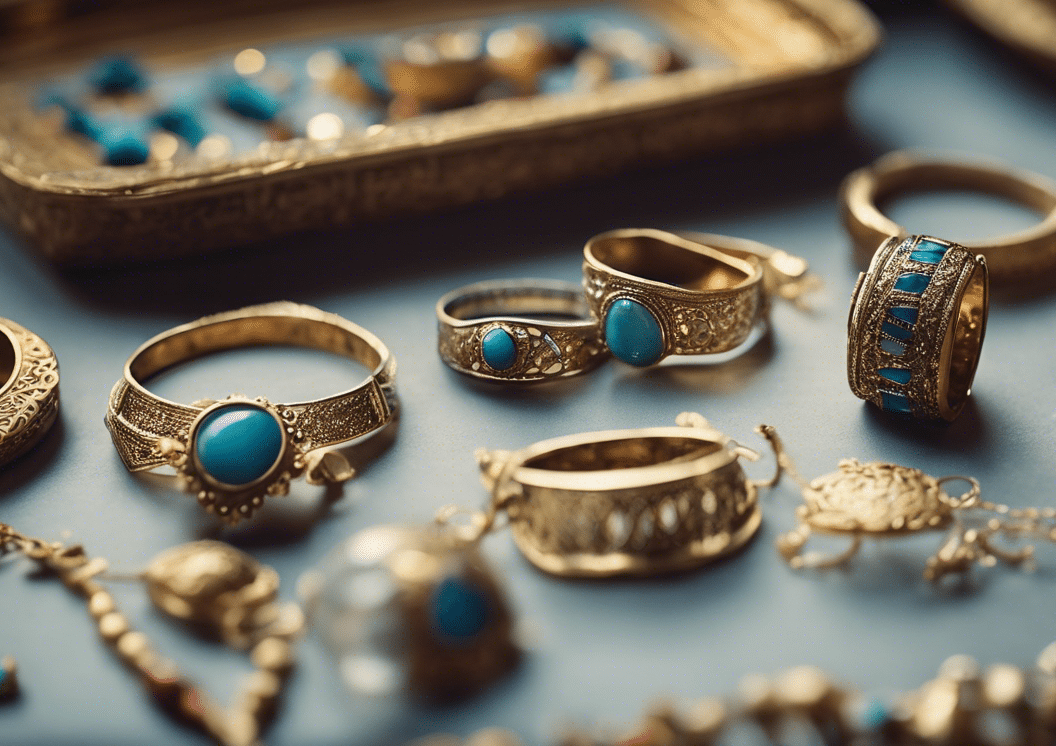
Jewelry
Moroccan jewelry often reflects Berber and Tuareg styles, characterized by bold, geometric patterns, silverwork, and the use of semi-precious stones like turquoise, coral, and amber.
- Tip: Silver is a common material in traditional Moroccan jewelry, and it’s important to check for authenticity if you’re after genuine silver pieces.

Spices
The souks are filled with the aromas of spices like saffron, cumin, cinnamon, and Ras el Hanout (a Moroccan spice blend). They’re a great souvenir and bring a taste of Morocco back to your kitchen.
- Tip: Purchase spices in bulk from specialist spice merchants in the souks, who will often vacuum-seal them for freshness.

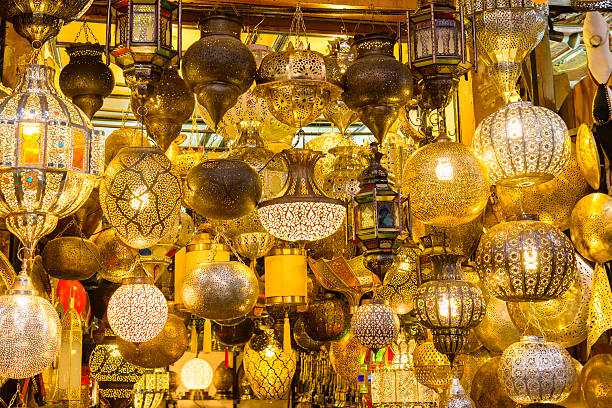
Lanterns and Lamps
Moroccan lanterns, made from intricately cut metal and glass, create beautiful patterns of light. These are perfect for home décor and add a touch of Moroccan ambiance to any space.
- Tip: Opt for handmade lamps and lanterns rather than factory-produced versions for better quality.
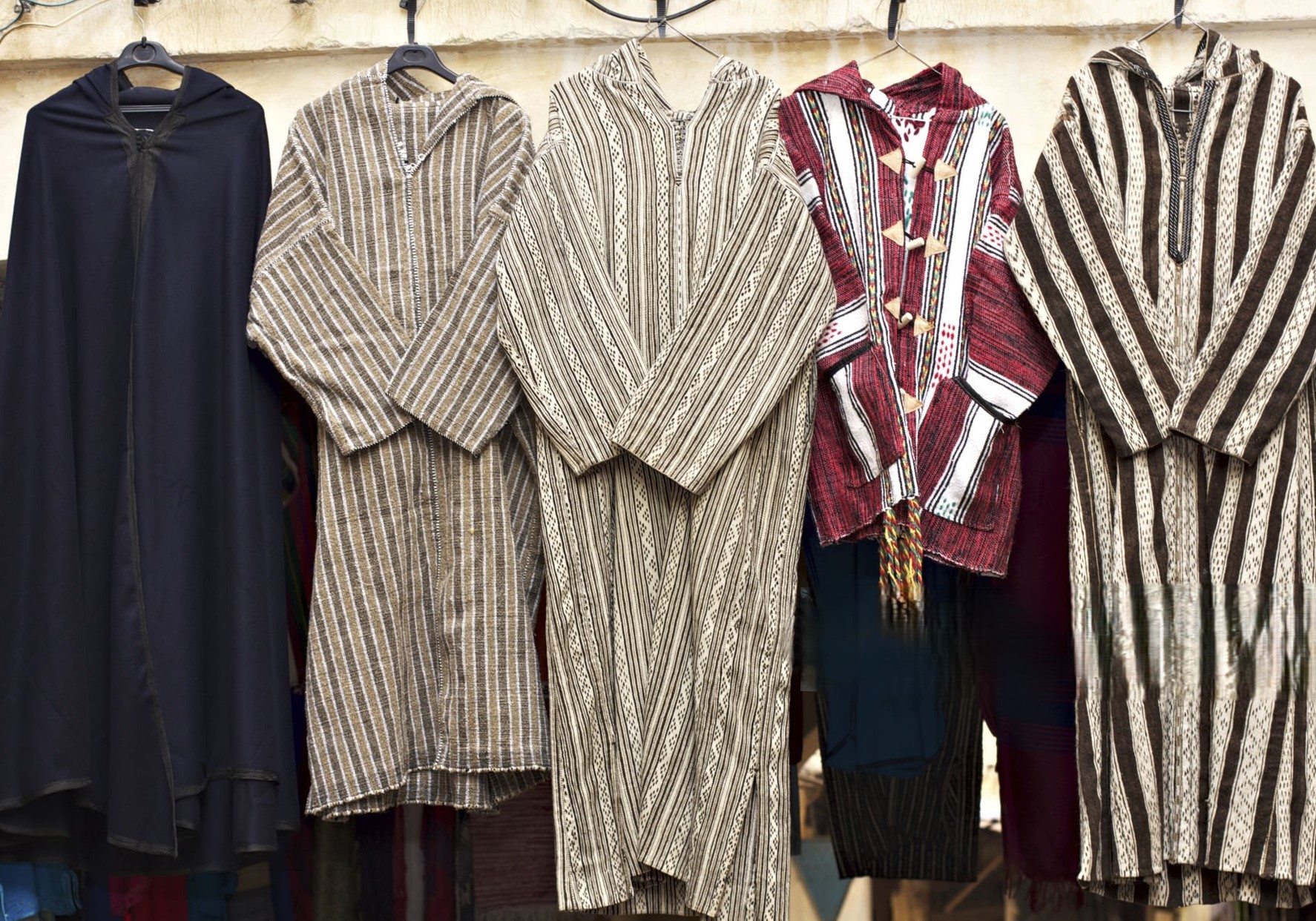
Textiles and Blankets
Moroccan textiles include hand-woven blankets, scarves, and djellabas (traditional Moroccan garments). Wool and cotton are commonly used, and the vibrant patterns and colors make them great for home décor.
- Tip: Woolen blankets from the High Atlas Mountains are particularly popular for their warmth and craftsmanship.


Argan Oil
Morocco is the world’s primary producer of argan oil, which is used in both cooking and cosmetics. In the souks, you can find pure, organic argan oil in small bottles or beauty products like creams and shampoos.
- Tip: Buy from reputable vendors to ensure the oil is pure and unadulterated.
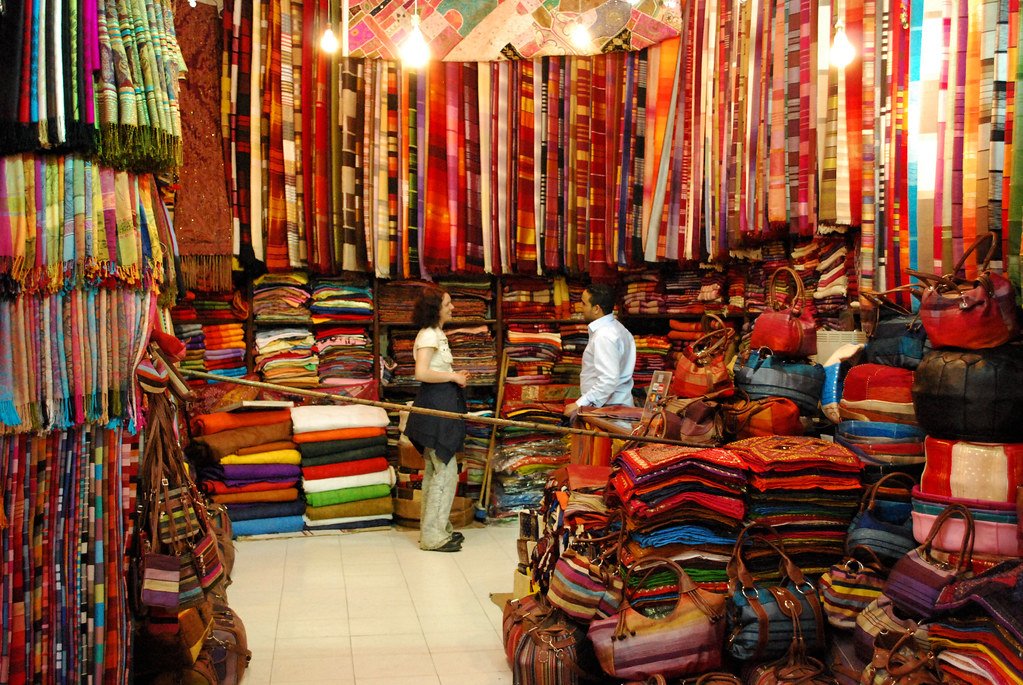
How to Haggle in the Moroccan Souks
Haggling is an essential part of shopping in Moroccan souks, and it’s expected that you’ll negotiate the price. Here are some tips to help you haggle like a pro:
- Start Low: Offer about 50-70% of the initial price. Expect the seller to come back with a higher counteroffer.
- Be Polite but Firm: Negotiations should be friendly. Don’t be afraid to walk away if the price isn’t right, as this may lead the vendor to lower it.
- Show Interest: Show that you are genuinely interested in the item, but avoid appearing too eager. Take your time to inspect the quality and ask questions.
- Don’t Feel Obligated to Buy: It’s okay to walk away if you don’t want to make a purchase. Vendors may even call you back with a better price.
- Pay in Cash: Cash is preferred in the souks, and paying in Moroccan dirhams will often get you a better deal.

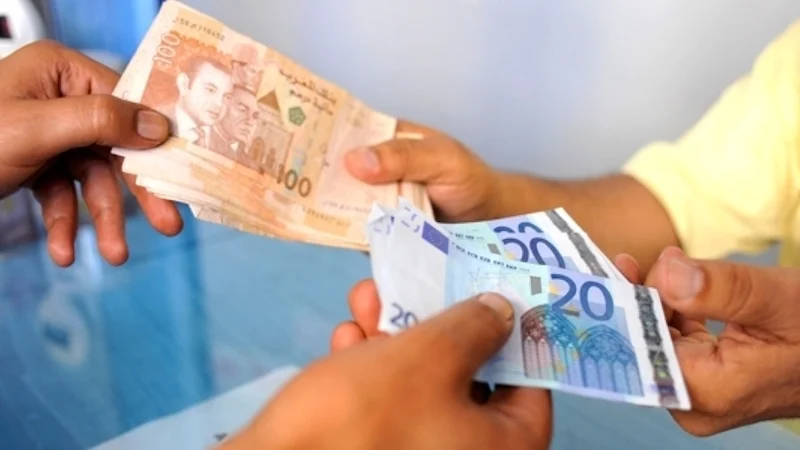
Tips for a Successful Souk Shopping Experience
- Bring a Tote Bag: While vendors will provide bags, it’s handy to bring your own tote bag, especially if you plan on buying a lot of items.
- Visit the Souks Early: The souks can get crowded, especially in cities like Marrakech and Fes. Visiting early in the morning allows you to browse in a more relaxed atmosphere.
- Stay Hydrated: Exploring the souks can be tiring, especially in the heat. Keep a bottle of water with you and take breaks at local cafes for mint tea.
- Know Your Currency: While some vendors accept foreign currency, it’s always best to carry Moroccan dirhams (MAD) for easier transactions.
Shopping in Morocco’s souks is a magical experience where you can discover beautiful, handcrafted items while engaging in the time-honored tradition of haggling. From the bustling markets of Marrakech to the artisan souks of Fes, each souk has its unique charm, offering a mix of tradition, craftsmanship, and culture. Whether you’re in search of a one-of-a-kind rug, a piece of jewelry, or simply a bag of fresh spices, Morocco’s souks are sure to captivate and inspire every traveler.

Among Marrakech, Fez, Essaouira, Chefchaouen, or Tangier—which city do you think offers the best souk shopping experience? Why?
Fez offers the most authentic experience with its traditional crafts and preserved souks. Marrakech has more variety, Essaouira is ideal for relaxed shopping, and Chefchaouen for textiles. It all depends on what you’re looking for.
It’s impossible to visit Morocco without getting lost in the souks! The smell of spices, the colors of the carpets, the bright lanterns… Every street corner is a discovery. Don’t forget: here, haggling is part of the fun.
Berber rugs, Fez ceramics, Marrakech leather… Each product has a soul and a story. This guide really helped me know what to look for and where! If you’re planning your trip, it’s a must-read.
You have perfectly captured the essence of the Moroccan souks! Losing yourself in this labyrinth of scents, colors, and sounds is like experiencing a true sensory journey. Each alleyway is an adventure, each object tells a story. And indeed, bargaining is not just a tradition, it’s a way of life, a unique human exchange. Thank you for this beautiful tribute to the vibrant heart of Morocco.
Have you ever tried haggling in a Moroccan souk? Was it easy or stressful for you? Share your tips or stories!
Yes, I tried haggling in Marrakech, and at first, it was quite stressful! I didn’t know where to start or how far I could lower the price. But after two or three tries, I realized that smiling and being patient are key. My tip: always offer half the advertised price, and don’t show too much enthusiasm! It became a real game, almost fun in the end.
“This guide was incredibly helpful for my first trip to Morocco! The souks were a bit overwhelming at first, but knowing what to expect made it so much easier to enjoy. I ended up buying a beautiful rug and some spices — thank you for the tips!”